How to cut finger foods for baby
How to Cut Foods for Baby-Led Weaning
You’ve probably seen photos online of babies practicing baby-led weaning, chomping down on a whole carrot or grasping raw apple slices. But, is this safe?
In the case of the raw carrot and apples, nope. But, baby-led weaning certainly can be safe, if you know how to cut and cook foods properly.
Baby-led weaning, or baby-led feeding as I prefer to call it, means that babies feed themselves finger foods as soon as they start solids. But it isn’t anything goes. Here’s how to make sure that the foods you give your baby are safe and easy-to-eat for your baby’s developmental capabilities. Because if your baby can’t pick up the food, then she can’t actually eat it!
And these guidelines work for any finger foods, even if your baby is still eating some purées (which is just fine, by the way!).
Size and Shape
At around 6 months — Most babies just starting solids haven’t developed their pincer grasp (thumb and forefinger) yet. So to pick up foods they grasp them with their whole palm. Since you want your baby to still access the food while it’s in her palm, it’s best to cut food into long, thin sticks. Think about the length and width of your pinky finger, and check out the photo above from Baby-Led Feeding for some ideas.
Other than choking hazards and honey (which you should never give to a baby under age 1), most foods are fair game at this age, including meat, poultry, cheese (shredded), and allergens like eggs, nuts (never whole, but a little smooth nut butter stirred into a purée or spread on toast), and fish.
Toasts are another excellent vehicle for introducing new foods and flavors. Because while we don’t want foods to be too hard (see below), we also don’t want them to be too soft and gummy. Commercial bread can be difficult to pick up and can turn into a ball of mush in a baby’s mouth. But, lightly toasted bread is ideal for self-feeding. Here are 15 of my favorite toast toppings for babies.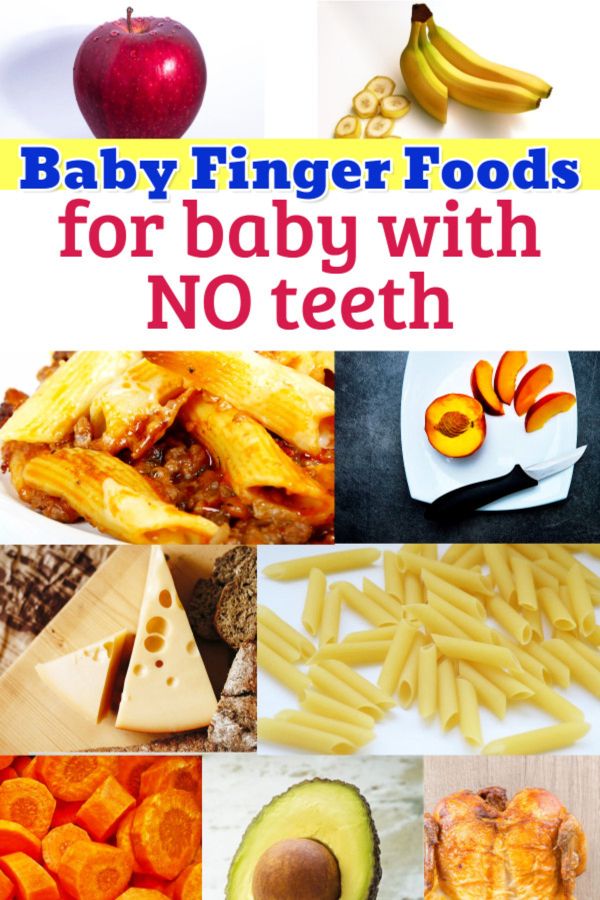
And remember that much of eating at this early stage is about your baby exploring–touching, smelling, and yes, tasting. But don’t be alarmed if it seems like little of the food is actually making it into her tummy. Self-feeding takes a lot of eye-hand coordination, and that’s an ability your baby is still developing.
At around 8-10 months — When babies develop their pincer grasp start cutting foods into small pieces, about chickpea-sized. And for small round foods like chickpeas or blueberries, smash them lightly before serving. It’s great for babies at this age to practice their pincer grasp, but it’s also A-OK to continue serving food in sticks like you did when he was younger. The photo above is also from Baby-Led Feeding.
Some of my other favorite single-ingredient foods at this stage include chopped hard-cooked eggs and small pasta shapes.
This is also a good time to begin offering your baby a spoon along with thick soups or mashes. It will take practice for her to get the hang of eating with the spoon, but you can pre-load the utensil to start, and of course, practice makes perfect.
It will take practice for her to get the hang of eating with the spoon, but you can pre-load the utensil to start, and of course, practice makes perfect.
Texture
At all ages, foods should be soft enough that you can smash them with gentle pressure between your thumb and forefinger. This means no raw carrots, apples, nuts, or tough chunks of meat. For vegetables, this usually means steaming them, roasting them, or cooking them in an Instant Pot. Meat should also be very, very tender. Here’s my guide to cooking meat for babies.
Remember, to err on the side of caution with baby-led feeding and always stay with your baby while she’s eating. Then enjoy the show!
Looking for more baby-led weaning ideas and family feeding tips? Sign up for my newsletter! As a thank you, I’ll send you three of my favorite healthy smoothie recipes for the whole family. I look forward to being in touch!
Photos by Lauren Volo.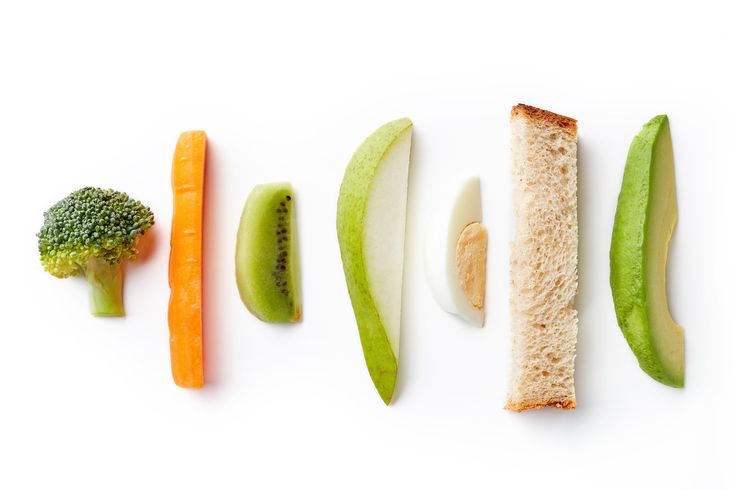
Jenna Helwig
[email protected]How to Cut Food for Babies and Toddlers
It’s possible to make it easier for kids to eat the food we offer them simply by making sure it’s cut into appropriate sizes. This can help reduce frustration, picky eating, and food waste—and the potential for choking risks. This post has all of my best tips for how to cut food for babies and toddlers!
How to Cut Food for Babies and Toddlers
Food can be slippery and hard to pick up. It can be chewy, tough, sticky, or a whole host of other textures. It can help to greatly reduce frustration at mealtimes if you consider a few basic tips when cutting food for kids. The principals of this are really straight forward, but I’m going to share a lot of visuals since I know the real life practice of this can get confusing!
How to cut food for little kids changes as they progress through the stages of learning to eat, so remember that this is a process.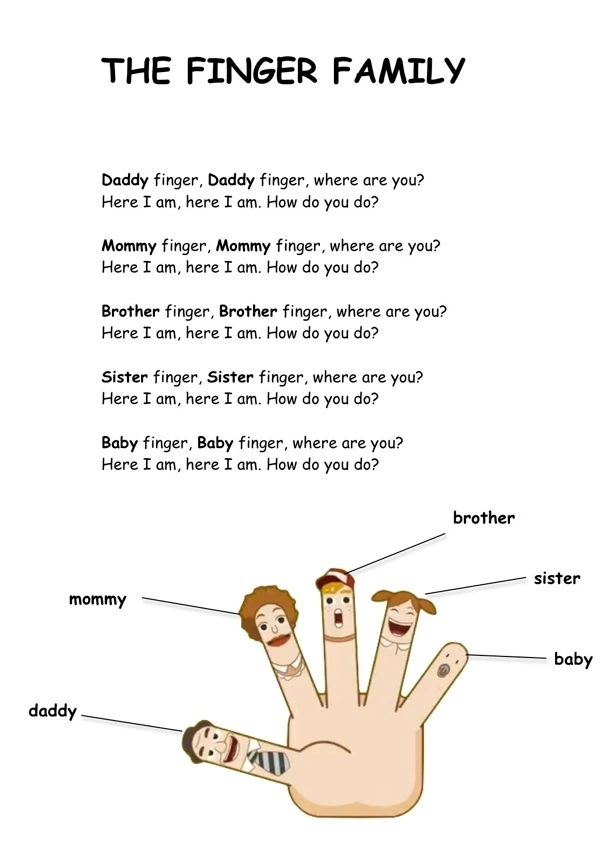
Your toddler won’t eat? Help is here!
Sign up for our email updates to get tips and ideas sent to your inbox.
Please enable JavaScript in your browser to complete this form.Email *
Phone
How to Cut Food for Baby Led Weaning
If you’re starting solids with the Baby Led Weaning style, you’ll want to make sure that the food is soft (it should easily squish between your fingers) and be cut at least the size of your finger. This will help ensure that baby can easily pick it up, yet be unable to put the entire piece into her mouth.
TIP: Find my Ultimate Guide to Baby Led Weaning here.
Tips for Cutting Up Finger Foods for Babies
When babies are about 9 months old, they develop the “pincer grasp”, or the ability to pick up smaller pieces between two fingers. At this age, you can start to serve very soft, squishable finger foods that are about the size of a pea or two.
TIP: Find my full list of Early Finger Foods for Babies here.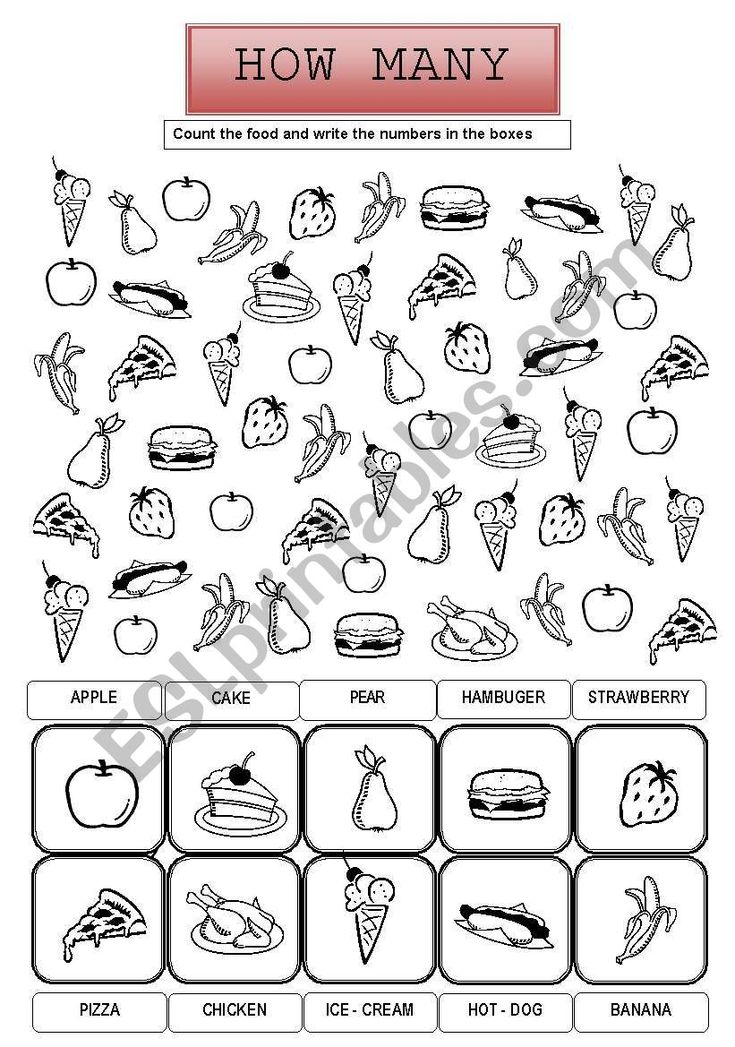
How to Serve Raw Veggies to Toddlers
Offering raw veggies to kids can be challenging since many are hard and take a lot of work to chew. And big chunks of raw veggies like carrots can be choking hazards. To stay safe and give the kids a chance to practice with the new textures, try:
- 12/14 months: Start with shredded raw veggies like carrots, cucumbers, bell pepper, and lettuce. (You can soften the carrots for a few minutes in very hot water if desired.)
- 16/18 months: Proceed to very, very thin slices (paper thin!).
- 20/24 months: Gradually offer slightly thicker pieces around, but they should still be thin and less than 1/4-inch thick.
- 2 years: Try offering small diced pieces of bell pepper and cucumber, though some kids may still do better with larger, thin pieces.
- 4+ years: Kids may be able to safely chew a big piece of raw carrot or a whole baby carrot.
 (This is a really tough texture, so try to avoid it for a while.)
(This is a really tough texture, so try to avoid it for a while.)
How to Cut Sandwiches for Kids
Bread can be a challenging texture for kids, especially when there are other textures in the middle of a sandwich. Progressing through a few phases can make this easier and help avoid frustration.
- 6+ month: Serve lightly toasted finger-size or larger pieces of bread for baby to gnaw on.
- 9+ months: Dice bread into very small pieces. Moisten it with apple butter, baby food puree, or another moist spread as needed to help baby move it around in their mouths.
- 14/16 months: Stick pieces are great for this age to help kids practice taking bites.
- 20/22 months: Sandwich quarters are a great size for one year olds and are a nice size for little hands to hold.
TIP: Find my favorite Kid’s Sandwiches here.
How to Serve Apples to Babies and Toddlers
Start with applesauce and Roasted Apples for babies, then shredded apple to thin matchsticks to very thin slices through the one year old year.
How to Serve Bananas to Babies and Toddlers
Start with a BLW-style banana (leave a little of the skin on to act as a less slippery handle) and Banana Puree, then move to small pieces around 9 months, and larger pieces around 16 months. Kids may also be able to bite whole bananas after 12 months since they are so soft.
How to Serve Broccoli to Babies and Toddlers
Start with Mashed Potatoes with Broccoli or a big BLW-style piece, then move to smaller very tender pieces around 9 months, and gradually increase the size through the one year old year.
With all of these, you want the florets to be very soft so they are easy to chew.
Fork making “bite marks” in pearHow to Help Kids Learn to Take Bites
It’s common for one year olds to stuff a lot of food into their mouths at once, so we sometimes need to be very deliberate about teaching them to take bites. You can use a fork to make a “bite mark” so they can see where to try to put their teeth. You can also give them larger pieces of food that they physically wouldn’t be able to fit into their mouths so they sort of have to take a bite.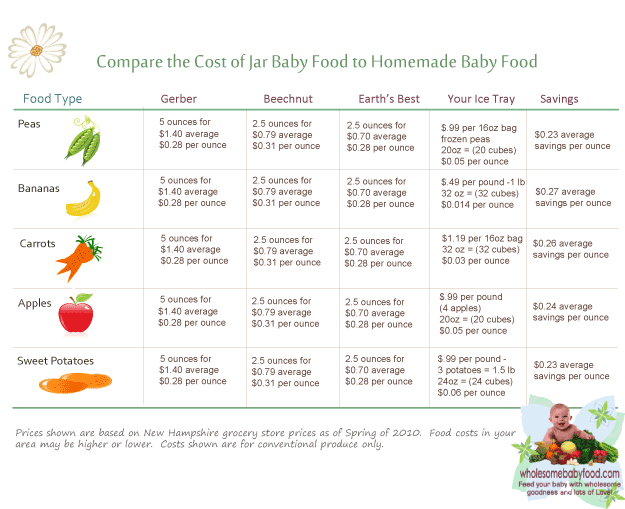
Sit with the kids during meals, if you can, and show them how you take bites. This is a normal phase and kids usually get the hang of it if we give them time to learn and practice.
Try cutting foods in new ways to keep thing interesting.Best Tips for Cutting Food for Kids
- Start with finger-size pieces at 6+ months for baby led weaning.
- Transition to pea (or two peas) size pieces around 9 months when kids can pick up smaller pieces between their fingers.
- Offer larger pieces so they can practice taking bites around 16/18 months.
- For raw veggies and hard fruits (like apples), start with shreds, then matchsticks, and paper thin pieces.
- Save baby carrots and other very hard raw veggies until age 4+.
- Find my favorite baby First Finger Foods.
- Find my go-to toddler Finger Foods.
- Learn more about Serving Nuts to Kids.
- Brush up on the common choking hazards and how to reduce the risk.
Related Recipes
I’d love to know if you have any questions on this or feedback, so please comment below!
This post was first published March 2021.
How to transition your baby from mashed potatoes to regular food
The introduction of solid food with pieces improves satiety and teaches the baby to chew, prepares him for the transition to a common table and trains speech skills. We are discussing how to transfer a child to solid food with puree and at the same time not provoke a refusal to eat, which can lead to health problems, with a pediatrician, medical consultant of the SMART-MAMA project, Polina Aleksandrovna Kizino.
— Polina Aleksandrovna, why do they start with pureed food for the first meal?
- Classic complementary foods are introduced around 6 months or earlier. At this age, it is quite difficult for babies to coordinate the work of all the muscles of the oral cavity and chew hard pieces. Other than breast milk or formula, the baby has not tried anything yet. Therefore, if you give him hard pieces right away, he may not figure out what to do with them. In addition, for good absorption and easier swallowing, of course, pureed food is more suitable - cereals or mashed potatoes.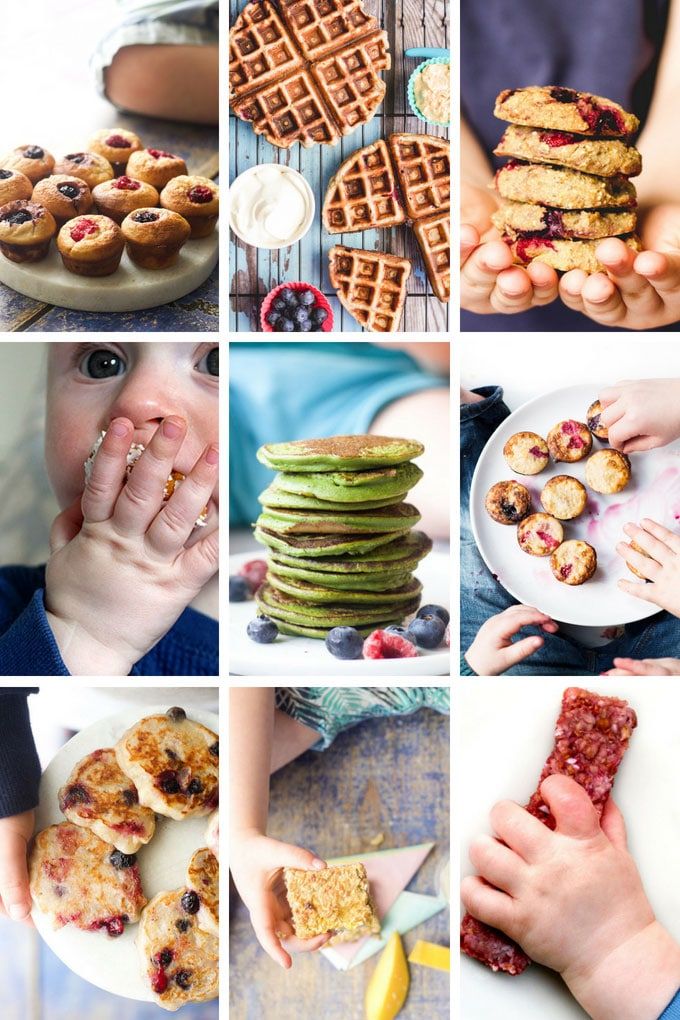
If, for some reason, a child begins to receive complementary foods at 7-8 months (that is, later than the recommended 4-6 months), it is acceptable to introduce products with very soft and small pieces, similar to mashed potatoes. Even if a child swallows such a piece without chewing, it will happen without discomfort and does not threaten to refuse food with pieces in the future.
— What should be the consistency of food in the first year of a baby's life?
- At the stage of introducing the first or second complementary foods, the nutritional consistency is required to be homogeneous, that is, completely homogeneous, without pieces, veins of vegetables or cereal flakes. As the baby matures, he is already able to eat vegetables mashed with a fork. Gradually, the pieces may become harder and larger. However, even if the baby eats pieces, this does not mean that homogeneous foods should be immediately excluded when learning to chew. He can get both.
— Why is solid food obligatory for children under one year old?
- It is necessary to transfer a child to solid food only because he will not eat homogeneous purees and cereals all his life. And as soon as the physiological ability to chew appears, the baby begins to chew soft food, even if he does not yet have teeth. If the baby remains on homogeneous food and does not learn to chew, then it will be difficult for him to switch to other foods, he will not want to eat in a new way.
And as soon as the physiological ability to chew appears, the baby begins to chew soft food, even if he does not yet have teeth. If the baby remains on homogeneous food and does not learn to chew, then it will be difficult for him to switch to other foods, he will not want to eat in a new way.
When chewing, the oral apparatus develops: jaws, muscles, teeth. The skill of chewing is closely related not only to the maxillofacial system and food processing, but also to the formation of bite and the development of speech in a child.
— When should a child be taken to a common table with hard pieces?
- This happens differently for all children, but on average about 7-8 months. At the same time, solid pieces do not mean those products that need to be gnawed, but precisely what is different from homogeneous food.
All changes in the child's diet are introduced gradually. Imagine if he suddenly bites off a large piece that he cannot chew and starts swallowing - as a result, there is a risk of severe choking and choking. Or, at best, experience discomfort, so you don’t want to try this product again. In order not to provoke such situations, all transitions in a child's life must be carried out very smoothly.
Or, at best, experience discomfort, so you don’t want to try this product again. In order not to provoke such situations, all transitions in a child's life must be carried out very smoothly.
— How do parents know when a child is ready for solid food?
— Apart from the age and positive reaction of the child to the proposed product, there are no other signs. Even teeth will not be a readiness factor for solid foods. But if parents delay the introduction of solid pieces and a child at 9-10 months old is not yet familiar with them, then he will not want to eat this and will demand mashed potatoes.
Constant choking on food, spitting up, restlessness of the baby are adverse reactions to the introduction of solid food. It makes sense to consult a pediatrician.
Remaining undigested food in the stool may be normal and should not be a concern for parents. In order for food to begin to be fully absorbed, the body needs time to adapt to complementary foods. It is important to monitor the condition of the baby.
— How to transfer a child to a common table if he refuses solid food?
- Unfamiliar and "unpleasant" foods should be offered at the start of feeding while the baby is still hungry. If the baby starts breakfast or lunch with his favorite dish, then, having been a little full and realizing that he got what he wanted, he, of course, will refuse other food.
It is necessary to interest the child in literally all suitable ways:
- demonstrate interest in the product by example, praise its taste;
- offer "baby" food from your own plate;
- put food on a pretty children's plate;
- beautifully decorate food on a plate, make “pictures”;
- praise for the eaten pieces.
All this does not distract from the process of eating, like cartoons, and does not disguise eating as a game. The food will be interesting for the child, and he will get pleasure and satisfaction from what he eats.
Praise from parents is especially important for babies over one year old.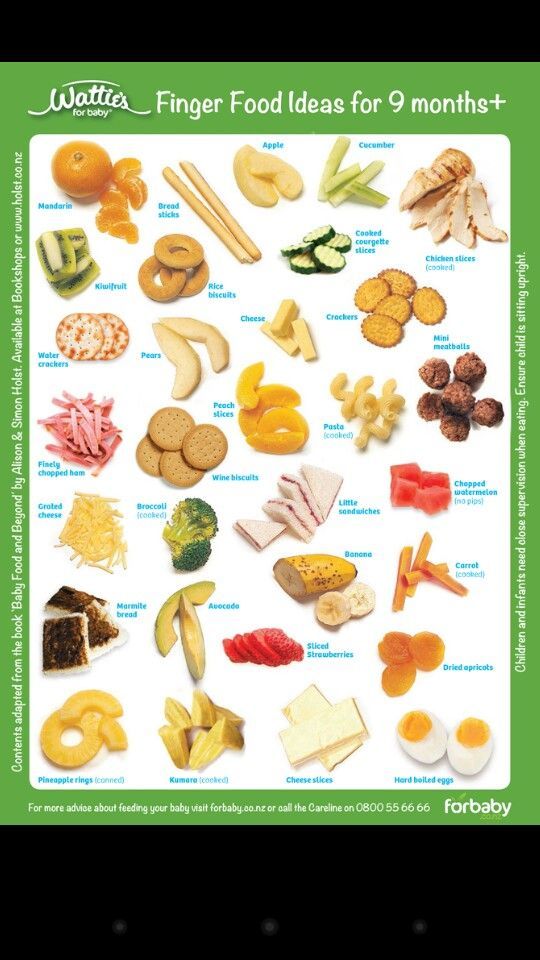 For the sake of keeping the parents happy, the child is sometimes ready to do something that he does not like.
For the sake of keeping the parents happy, the child is sometimes ready to do something that he does not like.
— What food to offer first and what does the child's menu depend on?
- This can be any food, and not necessarily new dishes. But you need to gradually change the density and hardness of food, the size of the pieces. To help in getting to know the pieces, but not with chewing, a nibbler can. Let not all children love it, but this accessory is important for the safety of the child: with it, the baby will not swallow too large a piece and will not choke.
How to start introducing solid food
| Products | Familiar products, but no longer homogeneous, but of a different consistency - you just need to mash the vegetables with a fork, grind them larger, chop a piece on a fork or invite the baby to take the vegetable with his hand and bite off him on his own. |
| Quantity | Look at the child's reaction, his desire and ability. |
| Consistency | The softness of the product should be the same as, for example, a ripe banana, so that when swallowing, even without chewing, the baby does not experience pain, gag reflex and other unpleasant sensations. Subsequently, the food becomes more and more solid. |
| Administration order | One new product is administered over three to four days to monitor the response. Moreover, it should be exactly the same for the same product in both hard and soft form. |
| Piece size | Start with pieces about the size of a pea. You need to pay attention to how the child will chew the boiled "peas" of food. With their softness, there is practically no risk of choking and it is unlikely that a piece will get stuck. |
— How often should there be hard pieces in the diet? A child can eat only homogeneous purees all day, and then all day - only pieces. In addition, food chopped in different ways can be mixed in one dish, but so that the baby understands that in the spoon he has not only mashed potatoes, but also pieces. Then he will count on what he will have to chew. Food should be washed down - WHO recommends the mandatory introduction of water at the start of complementary foods.
Then he will count on what he will have to chew. Food should be washed down - WHO recommends the mandatory introduction of water at the start of complementary foods.
- Rusks, bagels or whole fruits - when can they be introduced?
- Hard crackers and fruits can be in the diet for up to a year, but at a time when the baby still has no or few teeth and he will definitely not bite off, but lick or procrastinate treats. The child rubs boiled potatoes, carrots, broccoli well with gums, but cannot chop solid foods from the adult menu. It is right to give them in pedagogical complementary foods in order to introduce the baby to different tastes.
Be aware that when the incisors appear, the child may bite off a large enough piece that he cannot chew. Therefore, it is better for parents not to take risks if they cannot control the size of the pieces. A large unchewed lump of food causes pain and vomiting when it cannot penetrate the esophagus due to its size.
— How to teach a child to chew hard pieces?
- Other than constantly offering to try pieces, there are no special exercises that would help a child learn to chew before the age of one. It's like walking or speaking. Parental example, interest, patience and, of course, the timeliness of introducing pieces into the baby's diet are important.
It's like walking or speaking. Parental example, interest, patience and, of course, the timeliness of introducing pieces into the baby's diet are important.
Complementary foods are recommended to start with homogeneous purees or cereals. After the baby, it is necessary to offer pieces, because without them it will be impossible to acquire the skill of chewing. But it is undesirable to immediately move from homogeneous products to large hard pieces that require intensive chewing. Like other innovations in a child's life, it is desirable to master solid food gradually: from small, soft pieces to progressively denser and harder.
*The ideal food for an infant is mother's milk. WHO recommends exclusive breastfeeding for the first 6 months. MAMAKO® supports this recommendation. Before introducing new foods into your baby's diet, consult with a specialist.
When to introduce pieces in complementary foods?
The article was written with the help of nutritionist Victoria Vishnyakova.
You need to take the transition from puree to chunks seriously, as this step is very important.
Such food is called in English-speaking countries “finger foods” translated into Russian as “finger food”. Toddlers take pieces with their fingers, bring them to their mouths, knead them with their gums and swallow.
At the same time, several systems are included in the work at once:
- The brain needs to coordinate the actions of the hands, mouth and jaw
- Mouth, tongue, jaw muscles are being trained
- Gastrointestinal tract adapts to digest food other than solids, not just purees and liquids.
You should know that, as in other stages of the development of the baby, the pieces also need to be introduced into the “window of opportunity” - this is the period during which skills are mastered easily and naturally. In cases where such a moment was missed, much more effort has to be applied.
Based on modern recommendations, lumpy food should be offered from about six months, that is, almost immediately with the start of complementary foods. The deadline is about 9-10 months. – later the “window” will be closed.
The deadline is about 9-10 months. – later the “window” will be closed.
You can start complementary foods not with mashed potatoes, but knead boiled vegetables with a fork, after a while you will not need to do this too carefully. Thus, the consistent addition of lumpy food to the child's diet will begin.
When you start complementary foods with mashed potatoes, then after a while offer pieces first of all, and if suddenly the baby gets tired, give mashed potatoes.
You can not mix puree with pieces! Toddlers do not expect that a solid object may be caught in their usual food - they will begin to "suck" it and may choke. As a result, there is a possibility that there will be a fear of food and even a temporary refusal of complementary foods.
Lumpy food should be soft so that children can knead it with their fingers. If the piece is hard, then it can be dangerous, since the child will not be able to chew it, but it is easy to choke on it.
There is no need to be afraid to give food in the form of pieces with the start of complementary foods.











